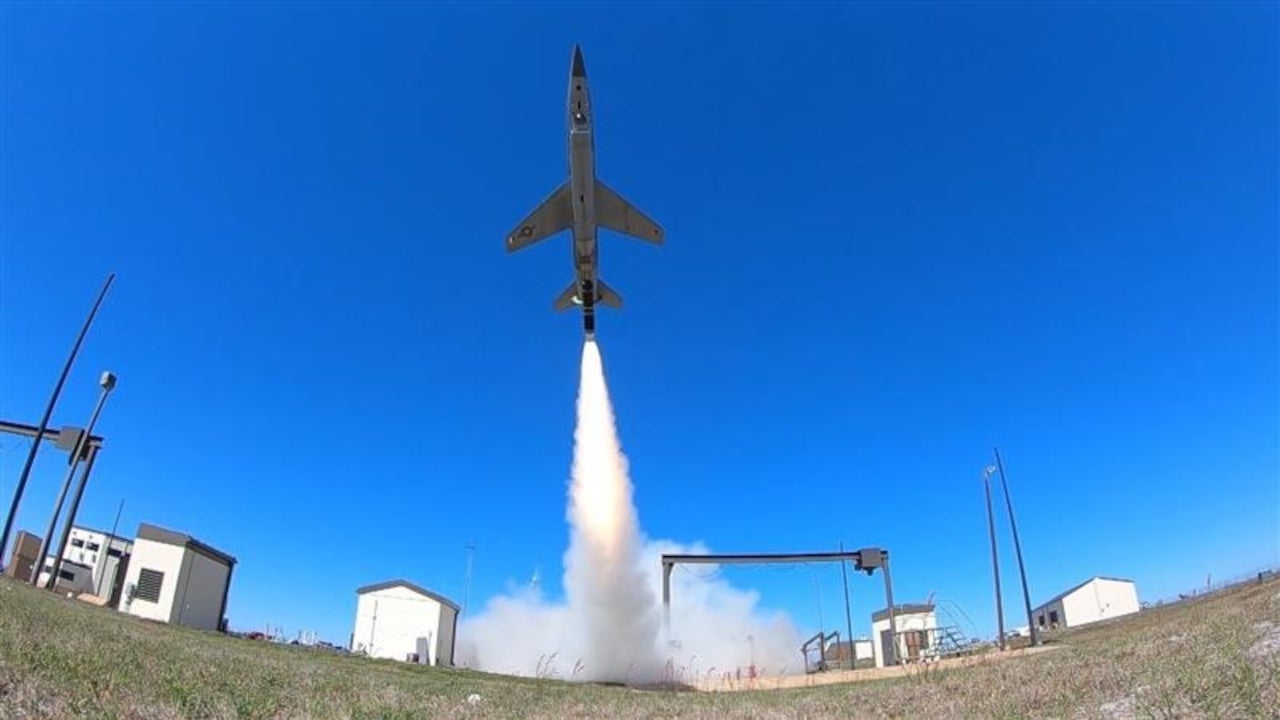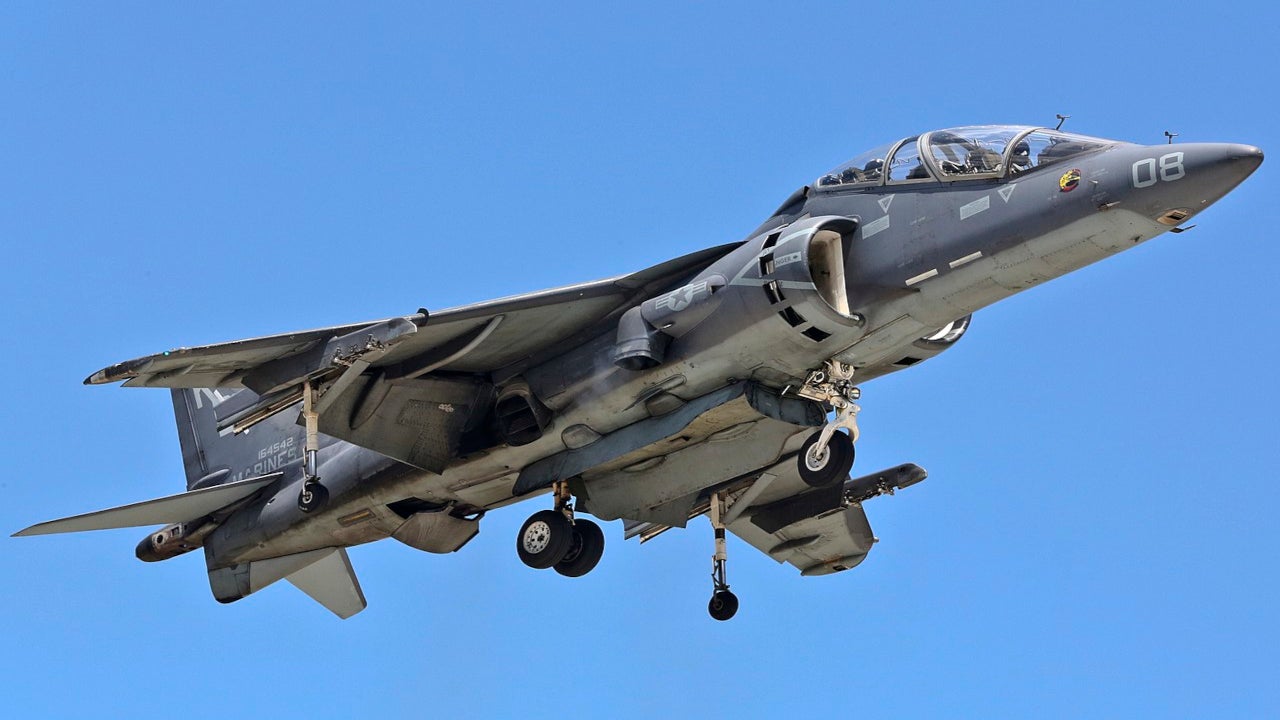The Mako unmanned tactical aerial platform (UTAP22) is a swarm unmanned aerial vehicle (UAV) being developed by the Kratos Unmanned Systems Division of Kratos Defense & Security Solutions, in partnership with the United States Air Force (USAF).
Based on the Kratos’ BQM-167A aerial drone, the UTAP22 UAV has been designed to mimic the functions of modern enemy aircraft for fighter pilots training.
The UTAP-22 drone is being developed specifically for tactical and collaborative missions with manned aircraft. It can deliver tactical payloads in challenging and hostile environments. The swarm UAV can be utilised with a limited number of manned aircraft during a mission if required, reducing the risk to pilots combating in airspaces.
Mako UTAP22 development
UTAP22 is a low-cost combat UAV based on the BQM-167A aerial target developed by Composite Engineering, Incorporated (CEI), an unmanned aerial target systems developer. CEI was acquired by Kratos Defense & Security Solutions in May 2012.
The tactical drone was unveiled during a swarm flight demonstration at the US Navy test range at China Lake, California in December 2015. Two UTAP22 UAVs were flown in continuous collaborative airborne operations. The UAVs were commanded and controlled via tactical data link while making a flying formation with a third leading simulated UTAP.
The combat UAV also showed the ability to conduct collaborative airborne operations with an AV-8B Harrier fighter aircraft. Additionally, the UTAP22 successfully coordinated semi-autonomous deployment of payload and dispersed from formation to perform an independent function with a subsequent re-join, demonstrating its high performance and collaborative capabilities.
In October 2016, Kratos was awarded a $12.6m contract by the Defence Innovation Unit Experimental (DIUx), a US Department of Defence’s (DoD) commercial organisation, for sensor integration into UTAP22 to improve its capability and demonstrate the utility in fully autonomous or semi-autonomous functions in support of manned fighter aircraft in large and complex combat missions.
The UTAP22 tactical unmanned aircraft was officially named Mako by Kratos in May 2017. The USAF’s Skyborg autonomy core system (ACS) was tested aboard a UTAP22 vehicle during a test flight at Tyndall Air Force Base in Florida, under a Milestone 1 of the Autonomous Attritable Aircraft Experimentation (AAAx) campaign in April 2021.
Equipped with the Skyborg ACS, the UTAP22 demonstrated aircraft flight envelopes, and coordinated maneuvering while responding to navigational commands from airborne and land-based command and control stations.
The Skyborg ACS is a hardware and software package that controls multiple ACS-enabled aircraft, allowing the manned-unmanned teaming.
Design and features of Mako UTAP22
Mako UTAP22 is a high-performance affordable, fighter-like unmanned aircraft capable of collaborating with manned assets in combat and challenging situations. The UAV has a length of 20.1ft and a wingspan of 10.5ft.
It has a maximum launch weight of 2,050lb (930kg) and a dry weight of 650lb (295kg), while the internal payload capacity of the aircraft is 350lb (159kg). The external and wing-tip payload capacities are 500lb (227kg) and 200lb (91kg), respectively. The large, configurable auxiliary bays can accommodate up to 8.5ft3 of payload volume.
The payload capabilities include EA/EW wingtip pods, AN/ALE-47 airborne countermeasures dispenser system, standard digital interfaces, and 2kW isolated power. The drone can be integrated with customer-furnished payloads.
The unmanned aircraft features navigation and strobe lights, while the airframe is coated with tactical paint.
Command and control
The Kratos UTAP22 drone is connected via an ultra-high frequency (UHF) direct link, tactical data link, network control, and serial port interface.
The system uses rocket-assisted launch ensuring a nominal footprint, and precision parachute recovery method.
Engine and performance
UTAP22 is powered by a turbojet engine with a thrust rating of 1,000lbf. It can fly at a maximum speed of 0.91 Mach and an operational altitude between 20ft above ground level (AGL) and 50,000ft mean sea level (MSL).
The unmanned aircraft has a maximum range of 1,400nm and a maximum endurance of three hours.






